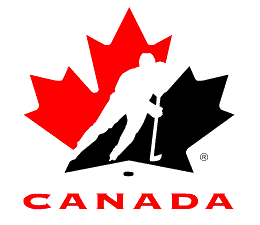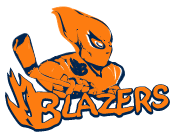To put minor hockey in perspective, here is an interesting article I picked up somewhere along the way.
This is an article taken out of the "Blueliner", a publication put out by the SJHL written by Scott Taylor. It involves a study of ALL Ontario Hockey players born in 1975. Of all the 1975ers- 30,000 of them, give or take a handful- who participated in minor hockey prior to 1991, so few made it that you'll probably win a lotto before your kid gets into the NHL. Here are the facts:
Of that 30,000- 22,000 were still active in 1991- the year of the Ontario Hockey league draft for underage Bantams. (Note: this has since been changed to Minor Midget)
Of those 22,000 players, 232 were drafted by the 16 OHL teams. Of those 232, 105 actually played on OHL game.
Of those 105 players, 90 completed three or four years at the OHL level.
Meanwhile, of those 22,000 players, 23 played NCAA Division I hockey.
That means 133 players competed in an elite "feeder" level to the NHL.
Of the 133 players, 48 were drafted by the NHL in 1993 and 2 signed as free agents. That was the best result for Ontario Hockey- EVER- and it also came at a time when the NHL held its final 12 round draft.
Of those 50 players, 38 signed NHL contracts and only 22 actually played a single NHL game.
On October 1, 1999, 17 of those 22 players were still active- 3 in the NHL.
Of those 30,000 kids born in 1975 who walked into an Ontario Minor Hockey Association office and registered to play youth hockey, 17 made it. That's the most in the history of Ontario Hockey.
To put it mathematically, at the very best, you have a 0.0057 percent chance of watching your kid play in the NHL.
So RELAX. Sit back and enjoy your child’s hockey career, wherever he plays, and whatever level he plays. Encourage, don't push. It is after all, just a game!
Of that 30,000- 22,000 were still active in 1991- the year of the Ontario Hockey league draft for underage Bantams. (Note: this has since been changed to Minor Midget)
Of those 22,000 players, 232 were drafted by the 16 OHL teams. Of those 232, 105 actually played on OHL game.
Of those 105 players, 90 completed three or four years at the OHL level.
Meanwhile, of those 22,000 players, 23 played NCAA Division I hockey.
That means 133 players competed in an elite "feeder" level to the NHL.
Of the 133 players, 48 were drafted by the NHL in 1993 and 2 signed as free agents. That was the best result for Ontario Hockey- EVER- and it also came at a time when the NHL held its final 12 round draft.
Of those 50 players, 38 signed NHL contracts and only 22 actually played a single NHL game.
On October 1, 1999, 17 of those 22 players were still active- 3 in the NHL.
Of those 30,000 kids born in 1975 who walked into an Ontario Minor Hockey Association office and registered to play youth hockey, 17 made it. That's the most in the history of Ontario Hockey.
To put it mathematically, at the very best, you have a 0.0057 percent chance of watching your kid play in the NHL.
So RELAX. Sit back and enjoy your child’s hockey career, wherever he plays, and whatever level he plays. Encourage, don't push. It is after all, just a game!




